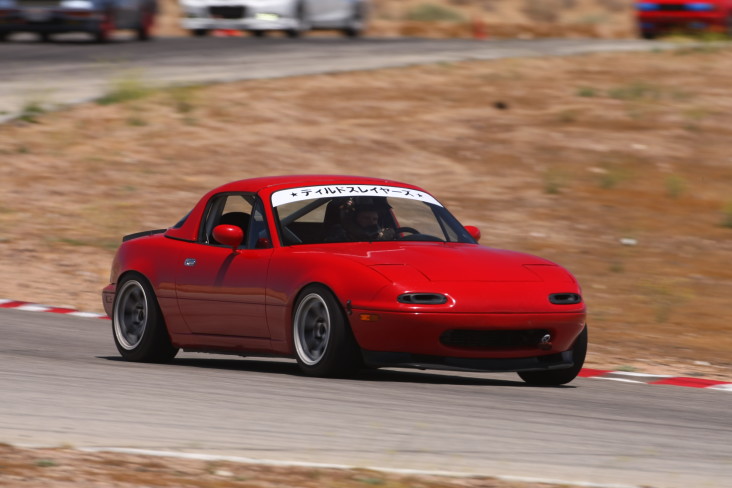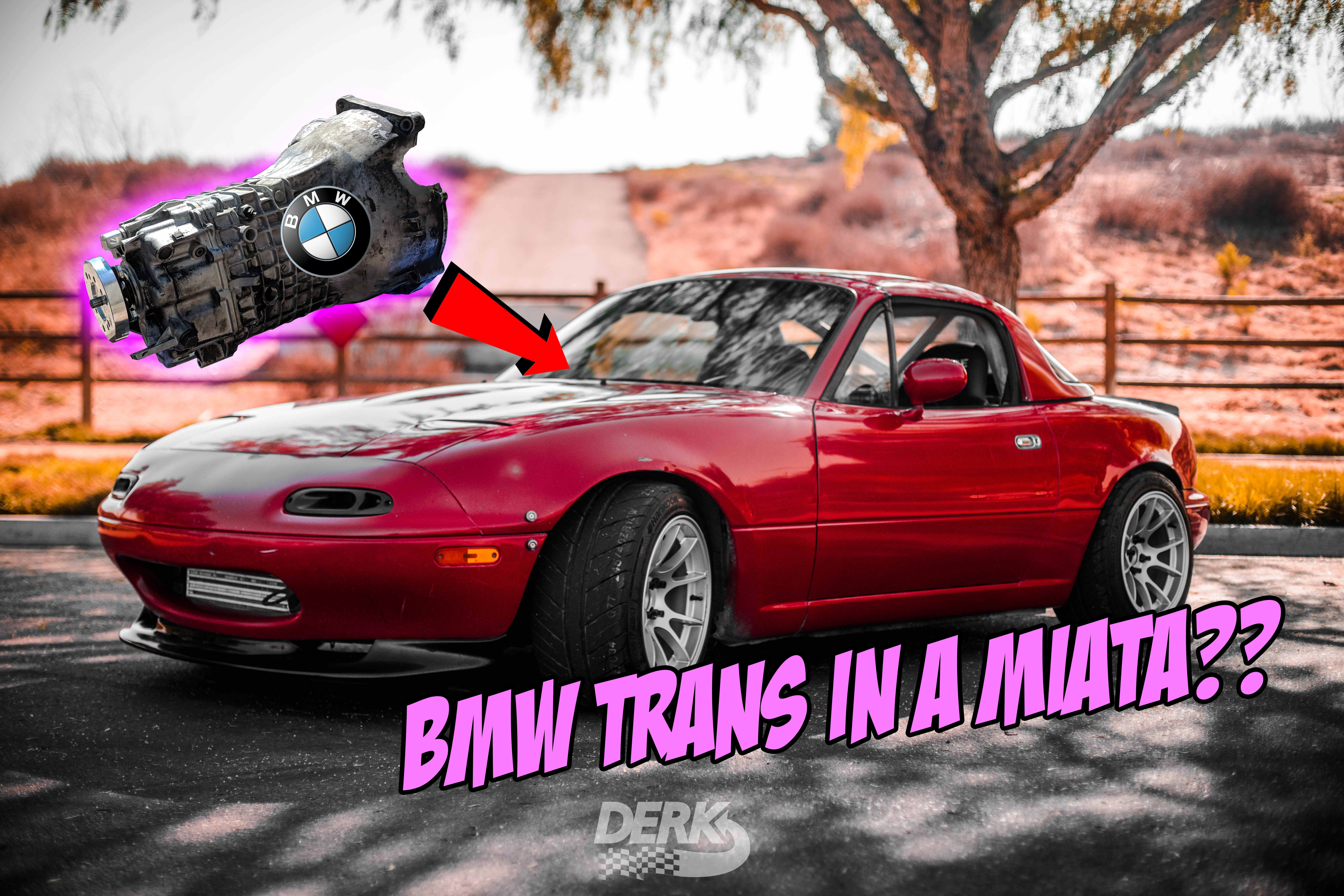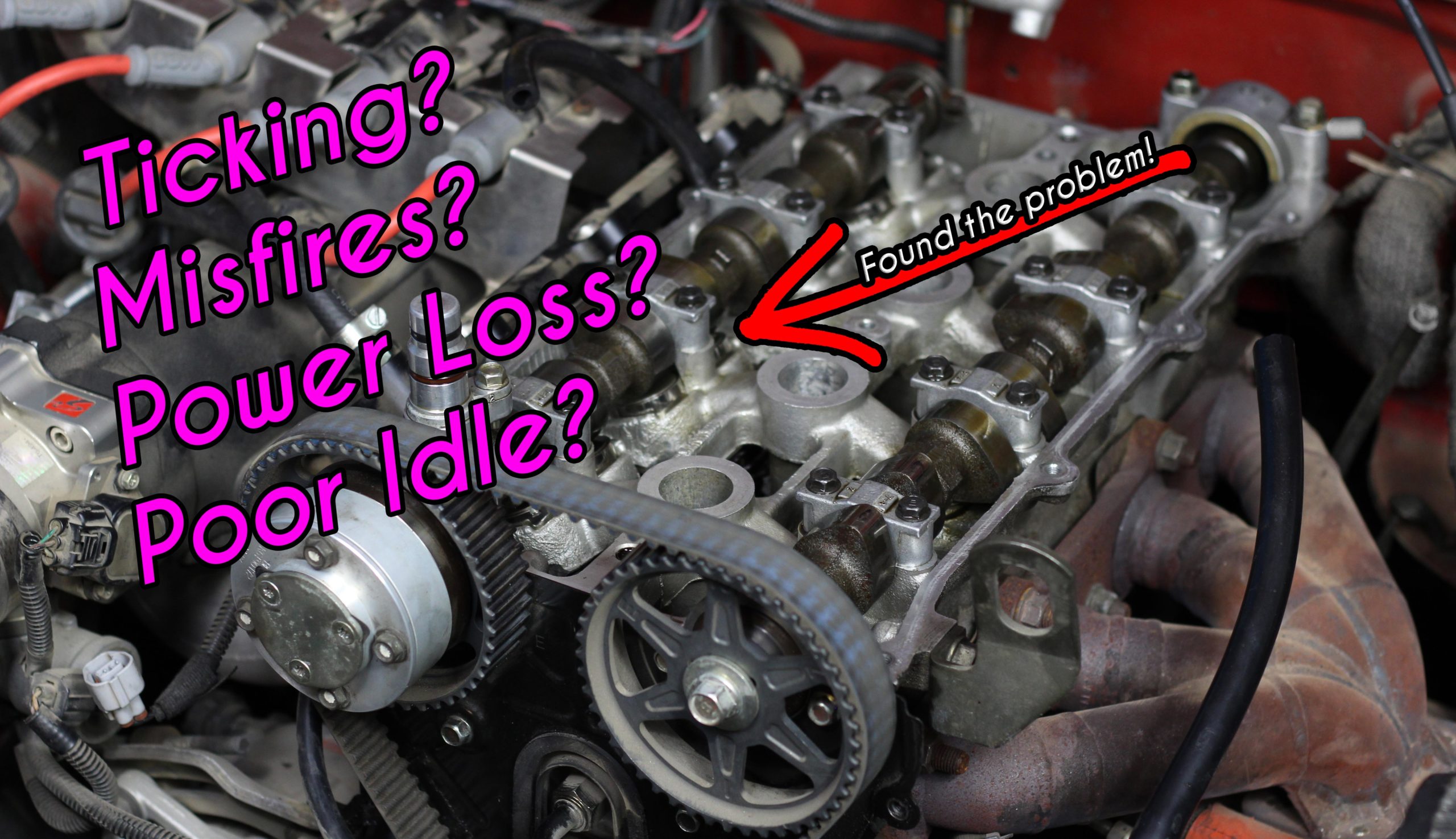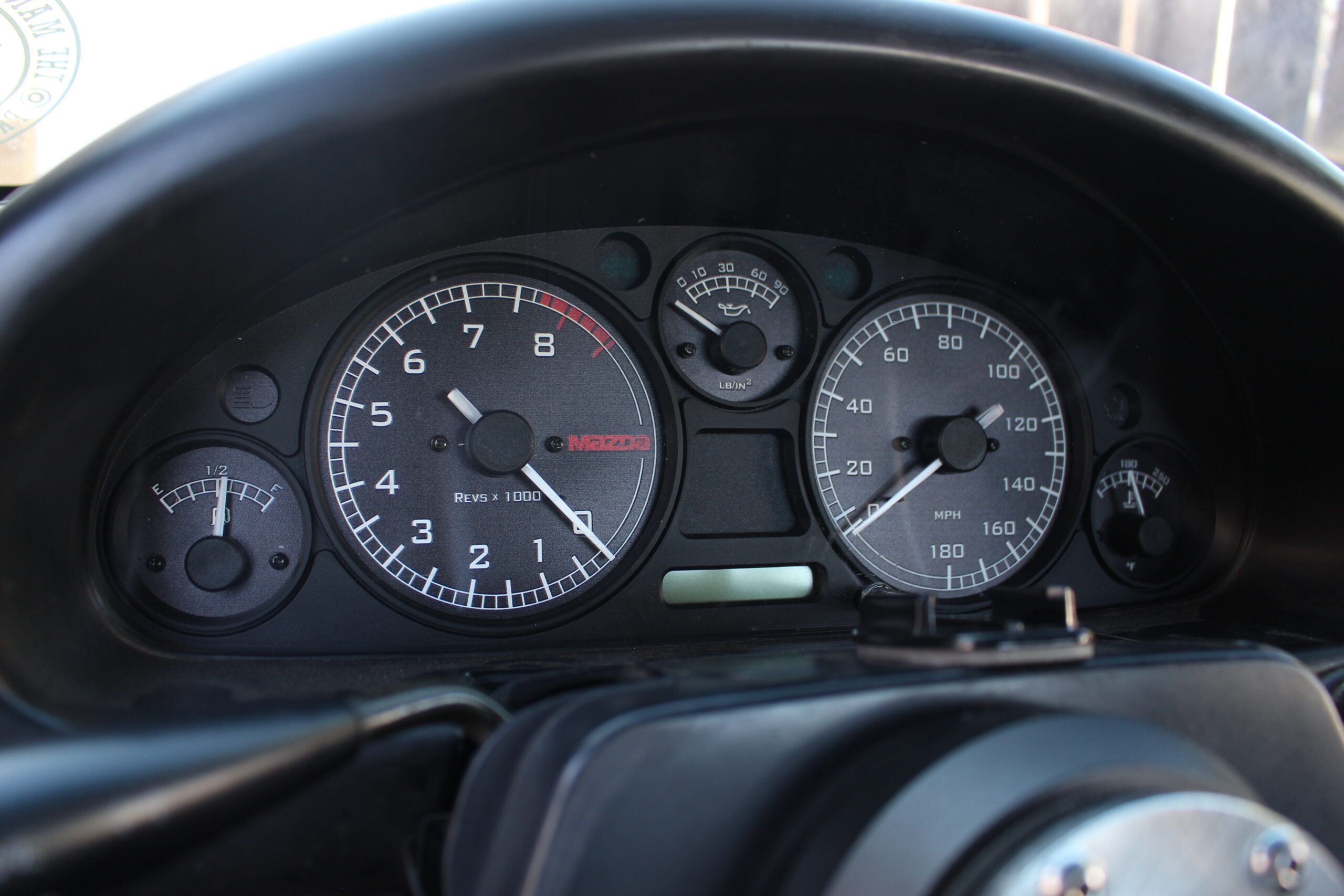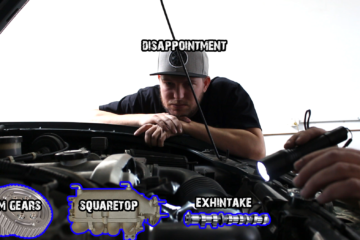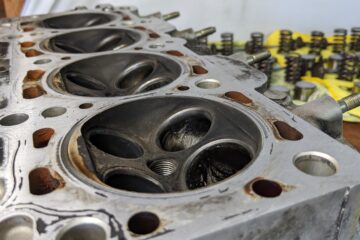I get this question a lot. Sometimes multiple times per week. You’re about to soak up all of the knowledge and experience I’ve gained over 10+ years of owning sports cars for daily driving, autocross, drag racing, canyon running, and track days.
Keep in mind that I drive my Miatas 99% on the street and 1% on the track. Although a lot of information is presented here; this is only one perspective and you should still do plenty more research and read other reviews before making a tire choice! Image courtesy of Cali Photography.

Let me start with what I don’t know. If you’re looking for the optimal rain/snow tire; sorry to break it to you but I’m from San Diego. This article is going to primarily be about performance summer and R-compound tires. Image courtesy of oppositelock.kinja.com.
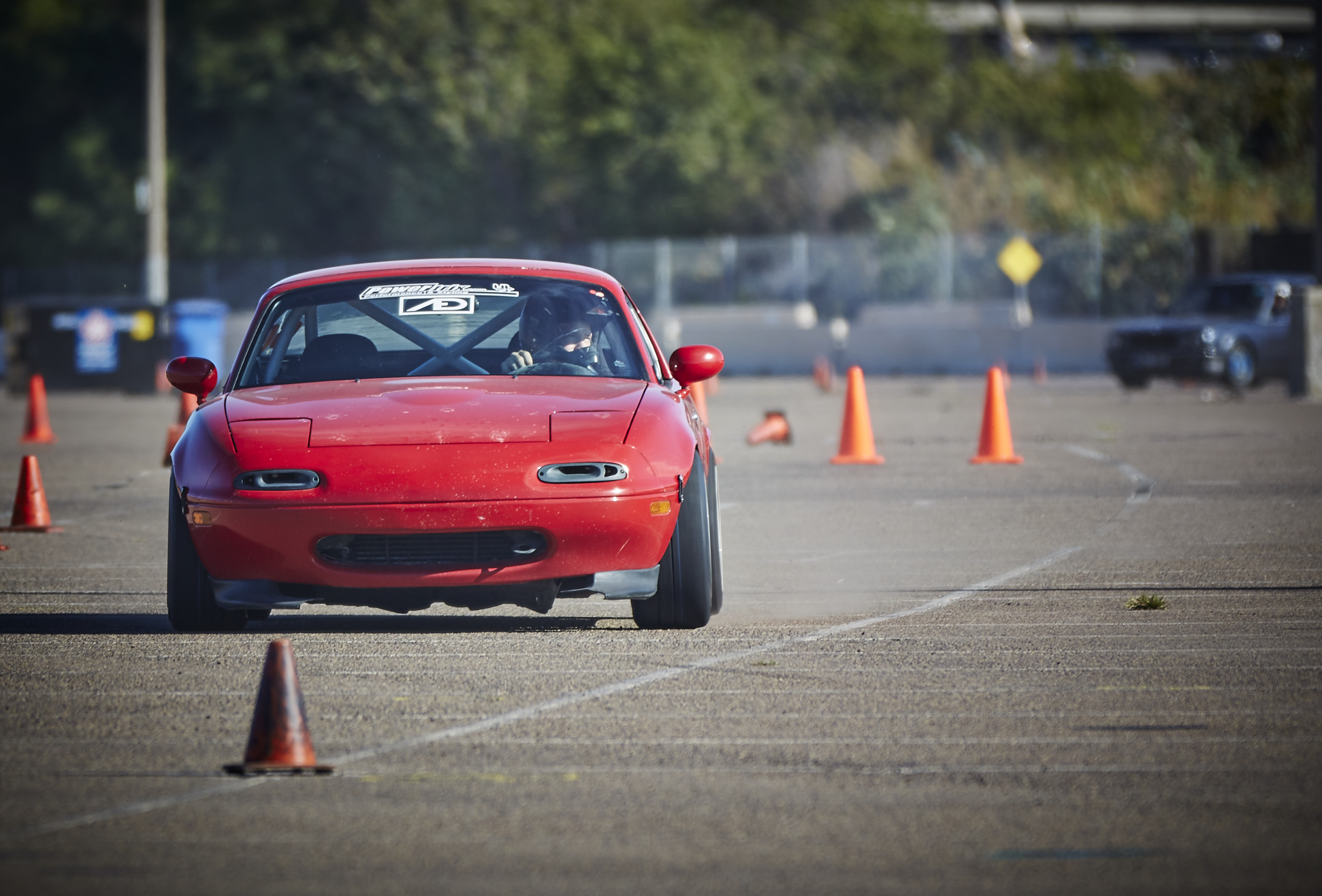
In my opinion, the most important choice you have to make about your tires is what compound to go with. This decision is going to be mostly influenced by what you use the car for, what you want the car to do, and how often you can afford to replace your tires. 99% of Miata drivers just want a tire with excellent dry weather grip, but that will last a reasonable amount of miles. If this is true for you, you’re looking for a 200 treadwear tire.
Weekend Racer's Choice: UTQG 200
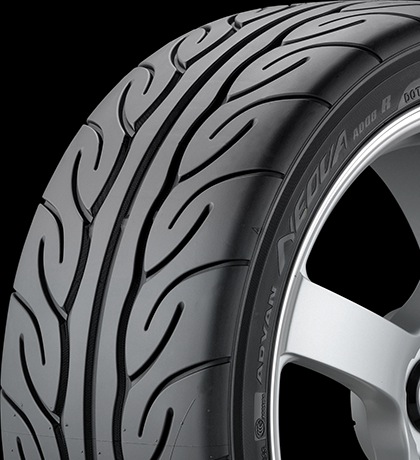

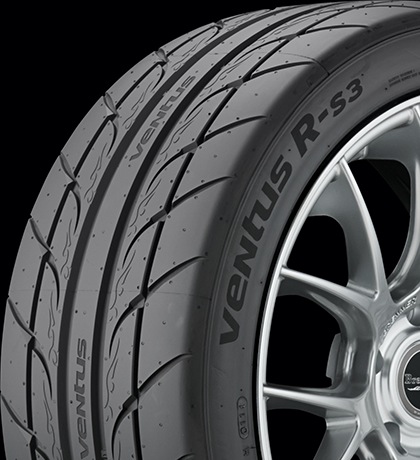
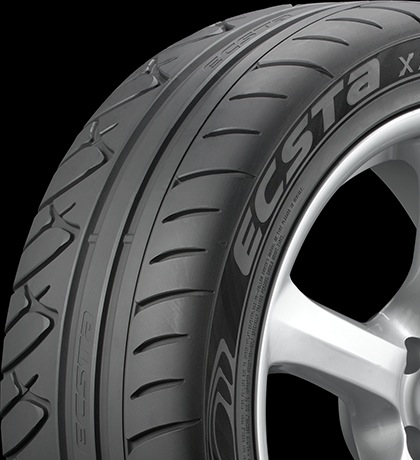

Treadwear (also called ‘UTQG’ in the spec sections of tire websites like TireRack and DiscountTire) is the rating of how sticky the rubber of the tire is in comparison to that manufactures’ other tires. Not all 200 treadwear tires are equal, but they are designed for a similar purpose; to be a really good dual duty tire. In fact anything between 140 – 200 is in that “dual duty” class of ultra high performance street tires. How long they last can vary quite a bit based on your driving style and the horsepower of the car; but if you drive the average 10-12,000 miles per year and do a driving event every couple of months, you can expect to get about a year out of this kind of tire.
The following are my top tires that I’ve either run myself or done extensive research on via head-to-head comparisons or talking to several others who have experience with the tire:
Bridgestone RE-11A (Personal favorite, amazing tire.)
Bridgestone RE-71R (Stickiest but fastest wearing of the bunch.)
Yokomaha Advan Neova AD08R
Hankook Ventus R-S3
Dunlop Direzza ZII
The following are tires I personally do not prefer:
Federal 595RS-R (Sticky, cheap, but flexy sidewalls.)
Falken Azenis 615/615K (They get greasy with heat, great for drifting.)
Toyo Anything (I’ve just never been impressed with any.)
And a list of tires that I think are just good. Nothing exceptional, but still worth running:
Nitto NT05 (Just not quite as fast as anything on my “preferred” list.)
Kumho Ecsta XS (Pretty fast, but you can’t flip for camber wear.)
BFG Rival S (I’ve never run them, but my research puts them here.)
Maxxis Victra VR-1 (Haven’t had a chance to try them yet)
Tires from top to bottom: AD08R, RE-71R, R-S3, XS, Rival S. Courtesy of Tire Rack.
Legend of the R-Comp
The next level of performance above those are known as R-compound tires. These typically have a UTQG rating of 50 – 100, have very stiff sidewalls which make street driving more rough, and I would estimate they only last 50-75% as long as the tires listed above. I don’t really recommend these to anyone who has never done a driving event before. Sticky tires don’t teach you the fundamentals of driving, they can actually mask driver mistakes that you don’t know you’re making. I’m a firm believer in driver skill upgrade before tire upgrade. If you’ve been on the street tires, you know the limit of your car, and you’re ready for the next step; welcome to the world of R-comps. They are fast, they look awesome, and they are still street legal. I even daily drive them despite the empty feeling they give my wallet. When paired with proper suspension and wheel set up, they’ll have no problem putting down well over 300whp even in lower gears. My personal favorite? The Nitto NT01. I’ve also run Toyo RA1 and extensively researched Toyo R888, neither of which I would choose over the Nitto. Some people prefer their R888’s, but I know the NT01 well and I love them.

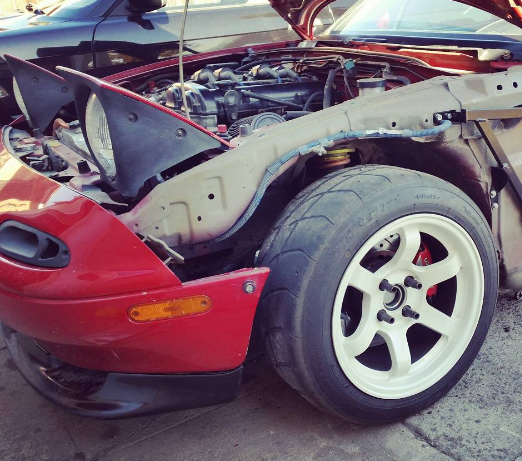
For The Casual Spirited Driver
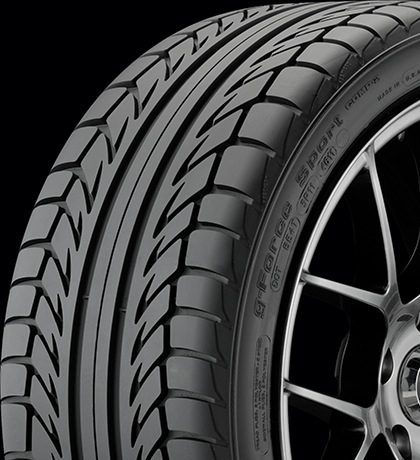
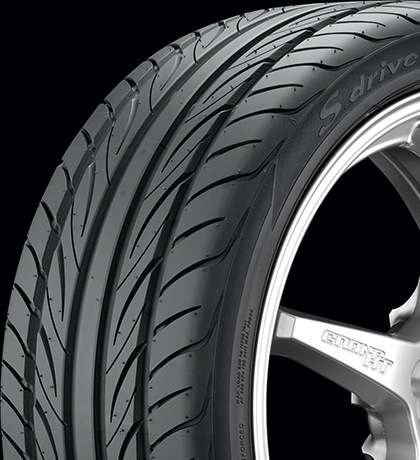
If neither of those sound like the style of tire for you because you aren’t demanding every last drop of grip from your Miata and you just want something that’s sporty but also lasts a bit longer; the 240 – 320 treadwear tire is for you. I haven’t shopped for these in quite a while so my knowledge may be a bit outdated, but may favorites have always been the Yokohama S.Drive and BFG G-Force Sport Comp (Not the all-season version). These all offer good dry weather performance, and while not as fast as the tires on the 200 list, you can expect 150 – 200% of their lifespan. Don’t get me wrong, you’re not making some kind of handling sacrifice by running a tire like this; your Miata will still handle great. Of course there are other tires in this category that may be even better than the ones listed here; but I don’t have any personal experience with them so I can’t recommend them with any backing.
Tires from top to bottom: G-Force Sport, S.Drive. Courtesy of Tire Rack.
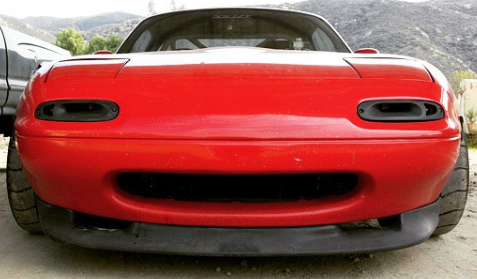
Diameter & Width
TheCarPassionChannel’s official opinion on wheel diameter: If you have an NA, it belongs on 15’s. If you have an NB, it belongs on 15’s but certain 16″ setups can look good.
When it comes to tire width this is mostly just my personal preference as well, but I really think naturally aspirated cars belong on 195’s or 205’s, and turbo cars belong on 225’s (or even the new Maxxix VR1 245’s!). If you want to keep your profile somewhat close to stock you’ll want to stick to these:
195/50R15 | 205/50R15 | 225/45R15 | 245/40R15
My choice of matching these to certain wheel widths has to do with aesthetics and the fact that a little stretch can make the tire a bit more responsive:
195 on 7.5″ | 205 on 8.0″ | 225 on 9.0″ | 245 on 10.0″
Shown below is a 205/50R15 on a 15×8 +0. My ideal stretch.

Closing Thoughts
There are SO many tires to choose from. In reality, the most important thing to figure out is what category of tire you want, and then research from there. Just remember that all tire reviews, including this one, are subjective. Everyone has different expectations, different vehicles, and uses their car in a unique way. What works for someone else might not work for you, but when you educate yourself you’ll be able to make the best possible decision. Remember, your tires are the only thing touching the road!

